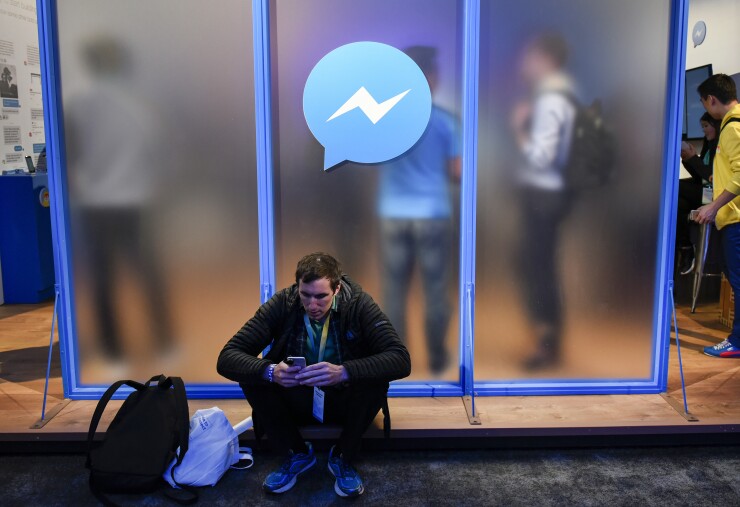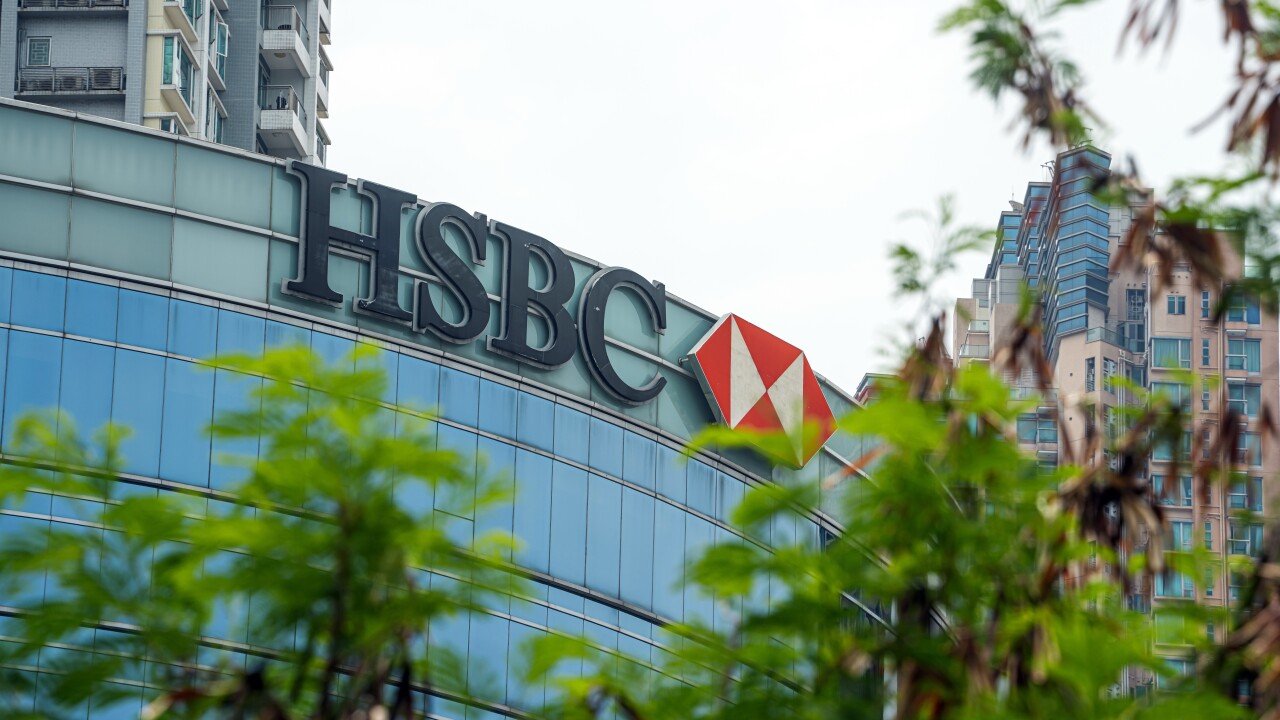There is a growing proliferation of social P2P technologies within the U.K. banking sector, but the market for such payments is vastly different from that in the U.S., where social payment apps have found a welcoming audience.
Still, some companies are trying to find the right mix of banking and social media. This year, First Direct launched a service called fdpay, available via any messaging app that utilizes the phone’s keyboard, such as WhatsApp or Facebook Messenger. The transaction is facilitated through the U.K. banks' Paym service.

Fdpay is aimed at the high-volume market of everyday transactions of $400 or less, and since the launch at the end of January, it has already proven highly popular with existing customers, First Direct’s spokespeople told PaymentsSource. However, with no official figures available.
The challenge for social payments in the U.K. is that it is largely a change in interface, rather than a fundamental change in how users move money. The U.K. banking sector has already been experimenting with various services to enable payments through social media for several years. For example, in 2015, Barclays launched a service enabling consumers to make transactions through Twitter.
But while U.K. banks have felt the pressure to innovate in this space, attempting to offer more convenient payment experiences after witnessing the rise in popularity of P2P systems such as Apple Pay, Android Pay and Samsung Pay, the take-up of social media payments in the U.K. has been slower than expected, said Michael Kent, CEO of money transfer platform Azimo.
“One of the reasons for this is because we already have Faster Payments in the U.K.,” Kent said. “These social media payments services are not category killers in the same way that PayPal’s Venmo app has been in the U.S. because while it can take up to five days to clear a banking payment over there, Faster Payments means you can already pay your friends instantly through any banking app.”
In addition, many of the most exciting technological advances in this field have yet to reach the U.K. When WhatsApp Pay — which allows funds to be transferred directly between users’ bank accounts directly through the app — officially launched this year, it was targeted at the vast Indian consumer and business market.
“The U.K. is a fairly small market,” Kent said. “If you’re a developer in California, you’re not really iterating hard on products for U.K. consumers; you’re thinking more about emerging markets with huge populations. If you become essential as a payment mechanism in Brazil, Nigeria, India or China, then that’s a much bigger prize.”
However, Kent expects that if new services like WhatsApp Pay and Google’s Tez do reach the U.K. in coming years, this would likely lead to rapid mainstream adoption of social media payments. In the meantime, an alternative catalyst might be a scheme-level P2P payments service utilizing social media.
“I can’t see an individual bank getting significant traction through this,” Kent said. “But if the entire industry came together and decides they’re going to make this happen, it might work. For example, if VocaLink, who operate the Faster Payments network, develop a scheme-level product which all the banks sign up to, allowing consumers to send money to social media accounts, that could take off very quickly.”
Kent says that such a product could see social media payments rapidly become incorporated as part of the business world, something which is already reshaping the payments landscape in India.
“One of the interesting things is that if these payments take off, they render card payments almost unnecessary,” he said. “So for example, instead of paying a store or restaurant through card, you just pay directly from your bank account. And then all the problems you have with cards, chargebacks, speed of settlement, and everything else, kind of go away.”





